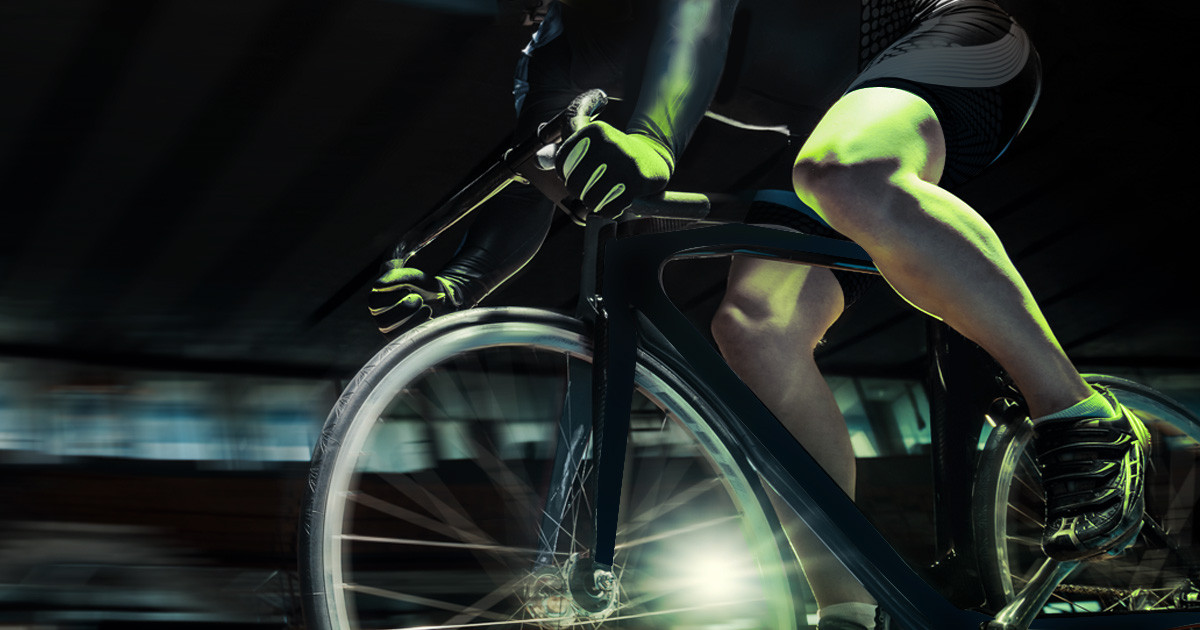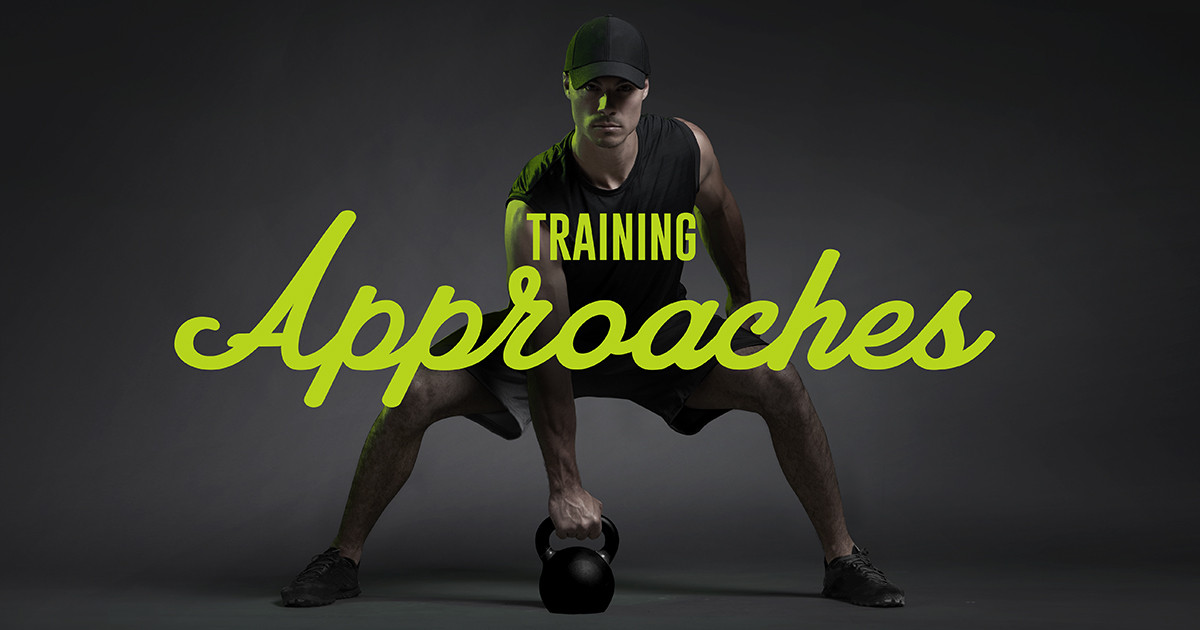Trekking and Cyclo-tourism: Be prepared for the unpredictable
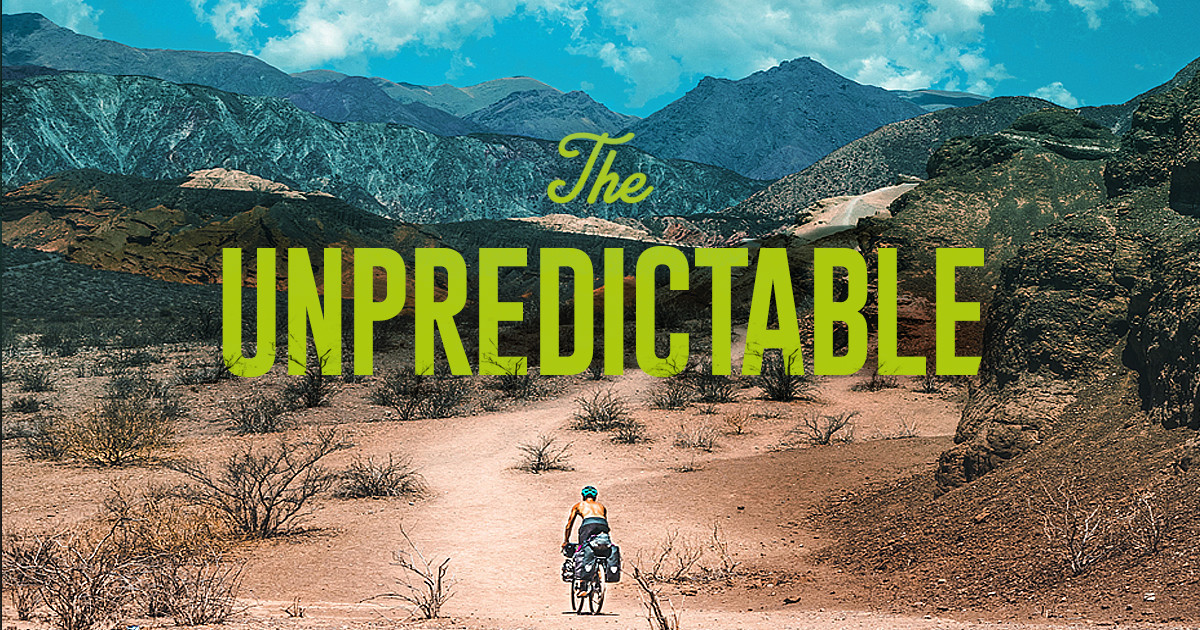
You may suspect the presence in you for a long time of this adventurer who thirsts for challenges. Whoever wants to push you to discover your limits in an extreme context. With the responsibilities, the stress of modern society, it is not easy to say: "I am leaving for a five-day trek in the mountains!" Or leave behind everything you know to be alone with nature and with yourself. Rest assured, being prepared and practiced can also be an adventure.
WHAT TO EXPECT?
What does the burden of trekkers and cyclo-travelers look like? Wind, rain, Sun, mountain, muscle pain, it's true! But also encounters, incredible landscapes and a feeling of freedom: no two days are the same on the road. A comment that comes up often is that this kind of trip gives you faith in humanity. Seeing you toil, perfect strangers will sometimes hand you an apple or a bottle of water; a trucker will follow you to give you a headlight while your batteries are flat! You will be told "I could never do that, I can't even climb this little hill! And you will feel proud!
Some more technical elements that surround the life of these endurance athletes:
FOR BIKE-PACKERS
- We do on average between 60 and 90 kilometers per day. In the mountains, we will aim for closer to 20 to 40 km per day (in this case it is also good to give yourself time to see how your body reacts to altitude).
- We transport 25 to 50 kilos, including the bicycle, tent, sleeping bag, clothes, water, food, tools, spare parts, etc. Even more for those who bring a camera, work equipment or mountaineering. A little less for those who prefer to sleep in hotels or with Couch Surfing and Warmshowers hosts (accommodation sites for travelers).
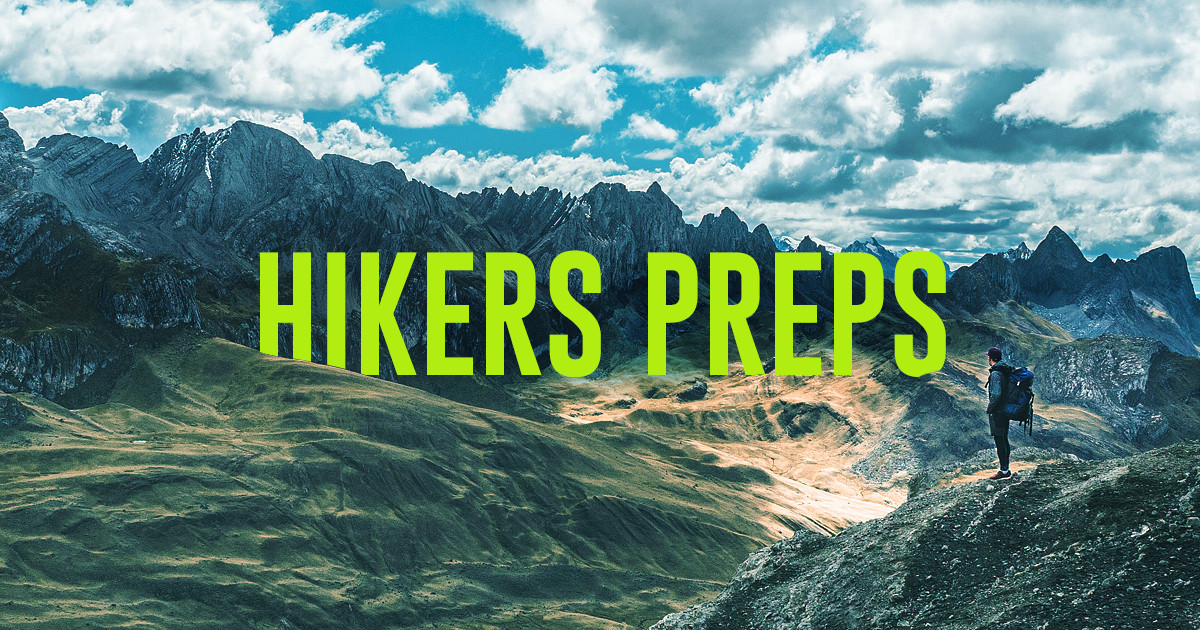
FOR HIKERS
The formula proposed by the REI co-op, specialists in hiking equipment, suggests not to carry more than 20% of your own weight, whether for a day hike or for a long trek. When you leave longer, consider the weight of the extra food and water, and cut accordingly among the other items;
For trekkers, the difficulty of the terrain will have a big impact on the distance they can cover in a day. If we are talking about a difficult climb in altitude, it could be a day of between 5 and 10 km. On flatter terrain or gently descending, more ground will be covered. Some trekkers do more than 30 km a day regularly.
For both disciplines, we should expect to see weight loss during the first days or weeks of the trip, strengthening of the leg muscles, and we will sometimes even notice a small feeling of euphoria that settles in the brain! And yes, fresh air and exercise are good for your morale and your mind!
We suggest taking at least one day off each week, but if you are more in holiday mode, nothing prevents you from taking more!
There are no rules and no official timetable except that of your body. Knowing and respecting your strengths is the best way to make sure you reach your goal. Setting yourself too big a daily goal is one of the main causes of quitting.
TRAINING
In terms of physical preparation, it will depend a lot on your basic fitness level and the length of your journey. For a 10-day trek, we suggest up to 1 month of training. If you leave rather without a return date, the strategy of a modest departure and a gradual increase in effort is an excellent one. In both cases, there are bases to be covered: knowing the muscles that will be used during your adventure, knowing how to strengthen them, stretch them or relax them. Our team of coaches has looked into this and has prepared specific programs which you can consult here:
FOOD AND HYDRATION: 5 GOOD POINT
Sometimes we eat what we can when we can, but in ideal conditions, here are some tips from road and trail veterans:
1. The four musketeers of the hike are:
- Dried fruits, seeds and nuts (light and good energy supply);
- Soups (for liquid and salt);
- Dried meat (high in protein). Vegetarians, we would point you towards lentils, nuts, seitan or quinoa;
- Pasta (it's no secret that it helps rebuild muscles!)
Be careful, this is not a permanent diet. These are just generally available foods with good energy intake.
2. Eating a lot is useless.
- Recent research has shown that the body has a maximum limit for absorbing calories. On long endurance events such as trekking and cycle tourism, we talk about 2.5 times the normal metabolic rate. Eating less, but eating more often when the need for energy is felt, is a preferable strategy.
3. The water filter and water purification tablets: a must.
- This will also allow you to save a little weight: reload 2 liters each time you can rather than carrying 4, and in addition, it is better for the environment!
4. Make sure you stay well hydrated.
- Dehydration is sneaky and can quickly ruin your morale. In case of dehydration, colas or a juice-water-salt mixture can help regain the upper hand. There are also electrolyte tablets and it's never a bad idea to have them with you;
5. Eating within an hour and a half of stopping physical activity helps prevent cramps.
- For those who like to be more precise in terms of calories, there are specific calculators for trekking and cycle tourism. They will give you an idea of the daily energy demand of these tests according to your age, height and weight.
Cycling Calculator: https://keisan.casio.com/exec/system/1350958587
Trek Calculator: https://caloriesburnedhq.com/calories-burned-hiking/

PLAN, PREPARE, DRESS
Plans change often, it's no secret! Except that it's still good to have one! Knowing where you are going, what type of terrain you will be riding on and what weather to expect during your journey will be very helpful mentally. Knowing these details will leave you with more mental resources to deal with the unexpected, such as blocked roads, technical breakdowns or a chance encounter! There are many maps and applications which, in addition to showing you the routes, include information on refueling and resting points. These are very useful tools.
As for the weather, it is a colossal challenge to have everything you need with you for all situations when traveling light. Against the rain, there are not 36 solutions: raincoat, pants and boot covers are a good kit to carry. Otherwise, at the first thunderclap: safety!
For the cold, we advise to bring layers of clothing rather than a single large warm garment. If this garment proves to be too warm, sweat will quickly freeze you once the effort is finished. Protect your extremities well: we lose the most body heat through the hands and wrists, feet and ankles, head and neck. Spare stockings are an absolute must: having your feet wet during a hike will make you miserable.
In hot weather, wear your sunglasses to protect your eyes. Light colors will attract less heat than dark colors. It may seem counterintuitive, but in extreme heat it is better to cover your skin than to get naked. The clothes protect from UV rays. UPF fabrics are specially designed for this.
For both hot and cold, loose clothing that lets your pores breathe is preferable. With regard to more extreme environments like deserts, mountains, glaciers, it will be good to do an even more research and to stick with specialized equipment.
Jerome Pilette, writer for Studiogym.
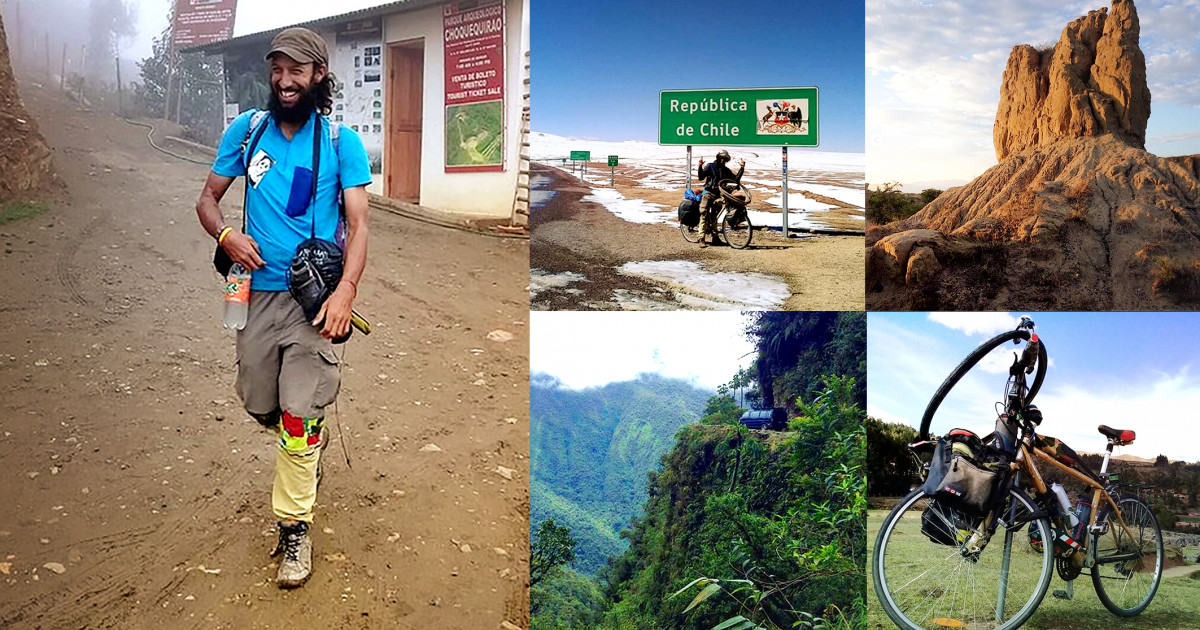
I left by bike from Mascouche, Quebec in July 2017, at the age of 33. My goal was to reach the destination as far away from home as possible: Ushuaia, Argentina. I was not a cyclist. I used my bike to go to work and do my grocery shopping. I opted for the strategy "start quietly and the first weeks will be training". I am today in Uyuni, Bolivia. I went through 17,000 km of all kinds of roads, paved like earth and rock, and under all types of skies, from the blazing Sun to the snow. I faced all types of problems, from depression to mechanical breakdowns, meeting members of a cartel in Mexico and torn panty bottoms. Between the house and here, it was a long process of learning about yourself, the effort, the physical limits and the energy needs. The trip sculpted me according to the strengths I needed. I can confirm that the greatest strength you need for this type of trip is mental strength. You have to be ready for anything and roll with the blows, take problems as challenges, and overcome them. When you get up with the right mindset, everything is easier. ''
